- 路 Microwave
- 路 Atmospheric Pressure Microwave 路 Pressure Microwave 路 Parallel Microwave
- 路 Ultrasonic 路Low Temperature Ultrasound
- 路 Ultraviolet Light
- 路 Microwave Heating 路 Atmospheric Pressure Synthesis 路 Atmospheric Pressure Catalysis 路 Atmospheric Pressure Extraction
- 路 Sample Preparation 路 Microwave Digestion
- 路 Soil Digestion 路 High Pressure Synthesis
- 路 Solid Phase Synthesis
- 路 Organic Synthesis
- 路 Ionic Liquid Synthesis
- 路 Degradation Of Natural Organic Matter
- 路 Natural Product Extraction / Purification
河北祥鹄科学仪器有限公司
151 Ionic-liquid-assisted synthesis of high-visible-light-activatedN–B–F-tri-doped mesoporous TiO2via a microwave route
This paper, written by researchers from Hebei University of Science and Technology and others, discusses Ionic-liquid-assisted synthesis of high-visible-light-activatedN–B–F-tri-doped mesoporous TiO2via a microwave route. The paper is published in an important journal < Applied Catalysis B Environmental >. IF:11.698.
In recent years, the research work of microwave chemical instrument used in the synthesis of materials has become a hot direction of scientific research, which has been paid great attention to by many scholars!
A facile and green method was developed for the simultaneous doping of nitrogen, boron, and fluorinein TiO2by H2TiO3via a microwave-assisted route. The ionic liquid (IL) [BMIm]BF4serves not only asmicrowave absorbent but also as a dopant. The IL also shows the ability to self-assemble under microwaveirradiation, which causes it to act as an inhibitor for the growth of the TiO2particles. The N–B–F-tri-dopedTiO2obtained exhibits large specific surface area, small crystal size, and a mesoporous structure, and themechanism for the formation of the N–B–F-tri-doped TiO2was proposed. The prepared materials exhibitexcellent visible light photocatalytic activity in the degradation of organic pollutants, including methylorange, rhodamine B, Orange G, and reactive red X, which is attributed to the presence of a Ti–B–Nstructure on the TiO2surface, inducing a narrow band gap of 2.78 eV, and the synergistic effects of N, B ,and F, which improve the separation efficiency of the photo-generated electron/hole pairs. The resultsobtained may provide a new sight for the application of ILs in the microwave-assisted preparation ofnanomaterials.

Fig.1/4↑

Fig.2/4↑

Fig.3/4↑

Fig.4/4↑
A facile and green method was developed for the simulta-neous doping of nitrogen, boron and fluorine in TiO2by H2TiO3via a microwave-assisted route. In addition to the reactionmedia (including the microwave absorbent), the ionic liquid (IL)[BMIm]BF4served as the dopant. N doping occurred through theaddition of NH3·H2O, and B and F originated from the [BMIm]BF4IL. Furthermore, the IL also displayed the ability to self-assembleunder microwave irradiation, which made it an inhibitor of thegrowth of the TiO2particles. As a result, the TiO2obtained exhib-ited small crystal size, high BET surface area and a mesoporousstructure, which are beneficial to the adsorption of pollutants onthe surface of the photocatalysts as well as the photocatalyticactivity. In the preparation method, the optimum weight ratio ofthe IL to H2TiO3was 3:1, and the calcination temperature was400◦C. Under the experimental conditions, the N–B–F-tri-dopedTiO2obtained exhibited the highest photocatalytic ability in thedecomposition of methylene blue under visible light irradiation ,which was 75.2 times greater than that of commercial P25 TiO2,as evaluated using pseudo-first-order kinetics rate constants. Thedoped TiO2also exhibit excellent visible light photocatalytic activ-ity in degradation of rhodamine B, Orange G, and reactive red X. Theenhanced visible-light activity mainly originated from the syner-gistic effects N–B–F-tri-doping and the large specific surface area. N–B-co-doping decreased the band gap of the TiO2from 3.2 eV to2.78 eV, which facilitated its absorption of visible light. F-dopingbenefited the electron transfer in the process. The large specific sur-face areas caused by the inhibition of the IL on the growth of the TiO2crystals in the calcination process improved the adsorption of thepollutants. These factors resulted in excellent visible-light photo-catalytic activity for the N–B–F-tri-doped TiO2catalysts prepared.This study presents a simple strategy further to improve the visible-light activity and quantum yield of TiO2using an IL. We hope thatthis study can contribute to photocatalysis research and presents anew application of ILs in the preparation of nanomaterials.
TiO2 was formed through the media product of peroxoti-tanate. To prepare peroxotitanate, 1.0 g of H2TiO3was added to anice-cooled solution containing H2O, H2O2(30%) and NH3·H2O(28%). After stirring for 30 min, a homogeneous, pale yellow-green solution was obtained. Then, a given amount of [BMIm]BF4was added to the solution. After stirring continuously for 30 min, the solution was transferred into a flask and microwave irradi-ated for 1 h. During the reaction, the power and the temperatureof the microwave oven (XH-100B, Beijing Xianghu Science andTechnology Development Co., Ltd.) were set at 500 W and 80◦C, respectively. After irradiation, the products were separated by fil-tration and then dried at 80◦C. The samples obtained were calcinedat 300–600◦C in a muffle furnace for 2 h. The amount of the ILused was 0, 1, 3, 5, and 10 g, corresponding to weight ratios ofthe IL/H2TiO3of 0, 1, 3, 5, and 10, respectively. The photocatalystsobtained with the addition of the corresponding IL were denotedas nTAx, where n and x represent the weight ratio of IL/H2TiO3and the microwave or calcination temperature (◦C), respectively.To observe the difference between the titanium isopropoxide (TTIP)and H2TiO3precursors in the synthesis of TiO2, TTIP was also used toprepare TiO2via a microwave-assisted route in [BMIm]BF4accord-ing to Ref. [38] (this TiO2was obtained after calcination at 400◦Cand was denoted as ETA400).








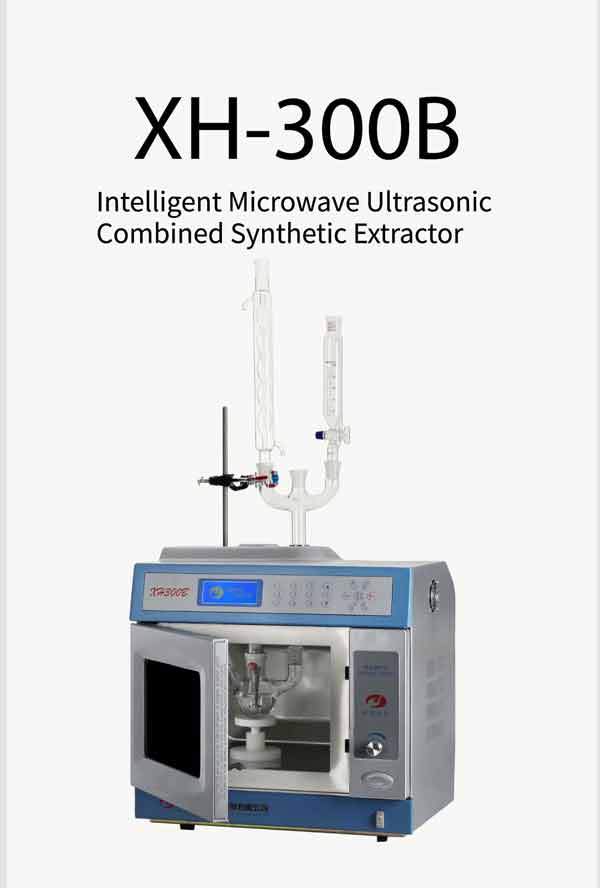

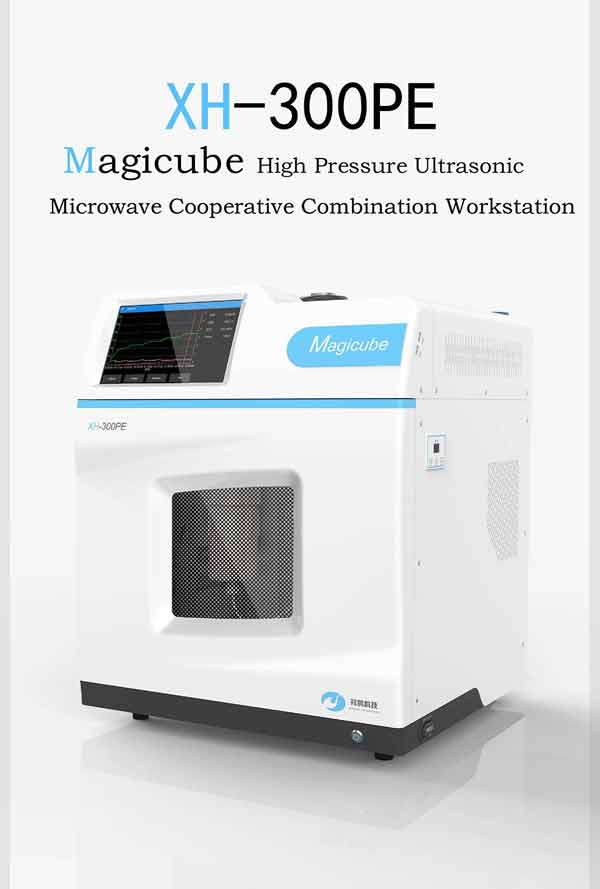
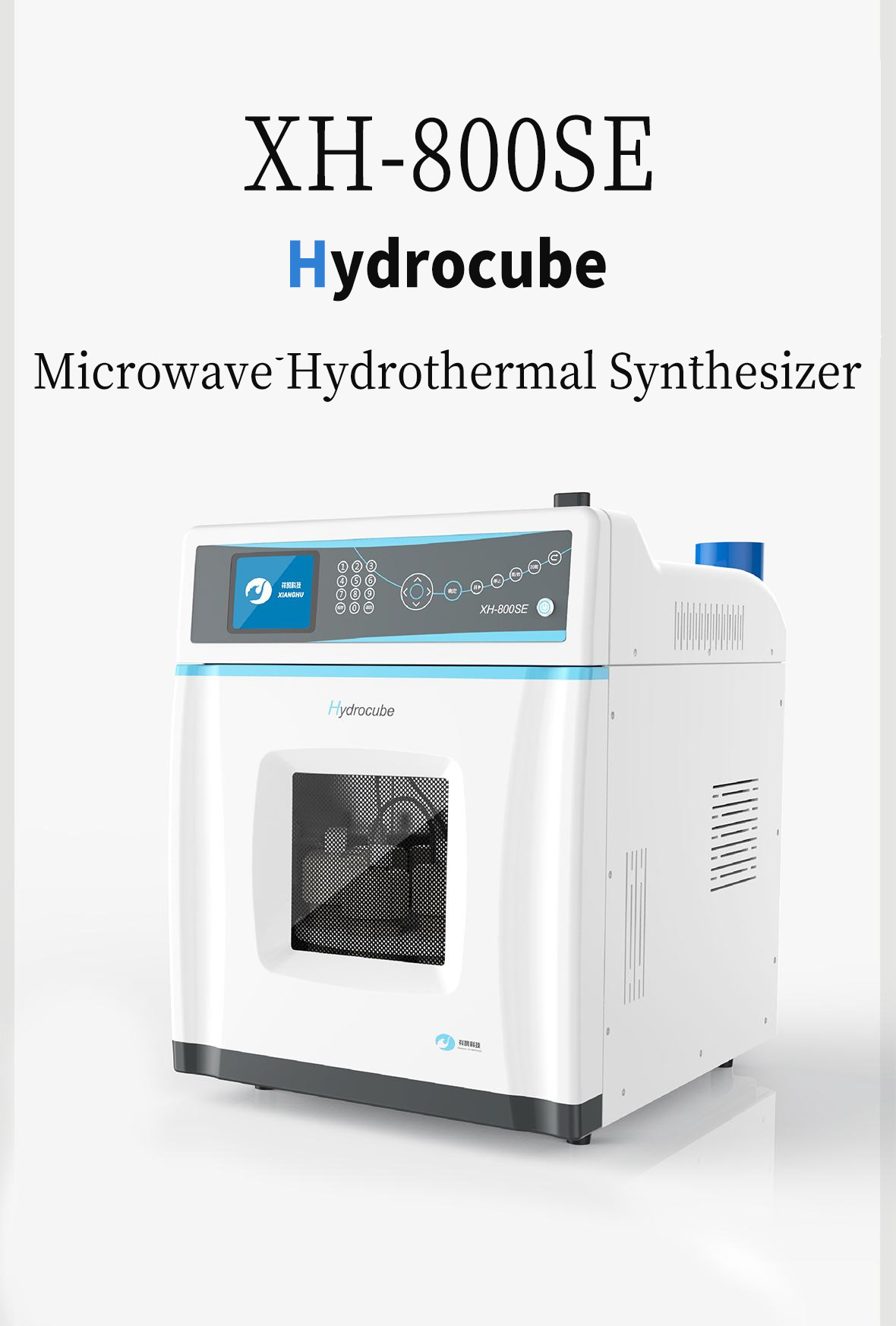
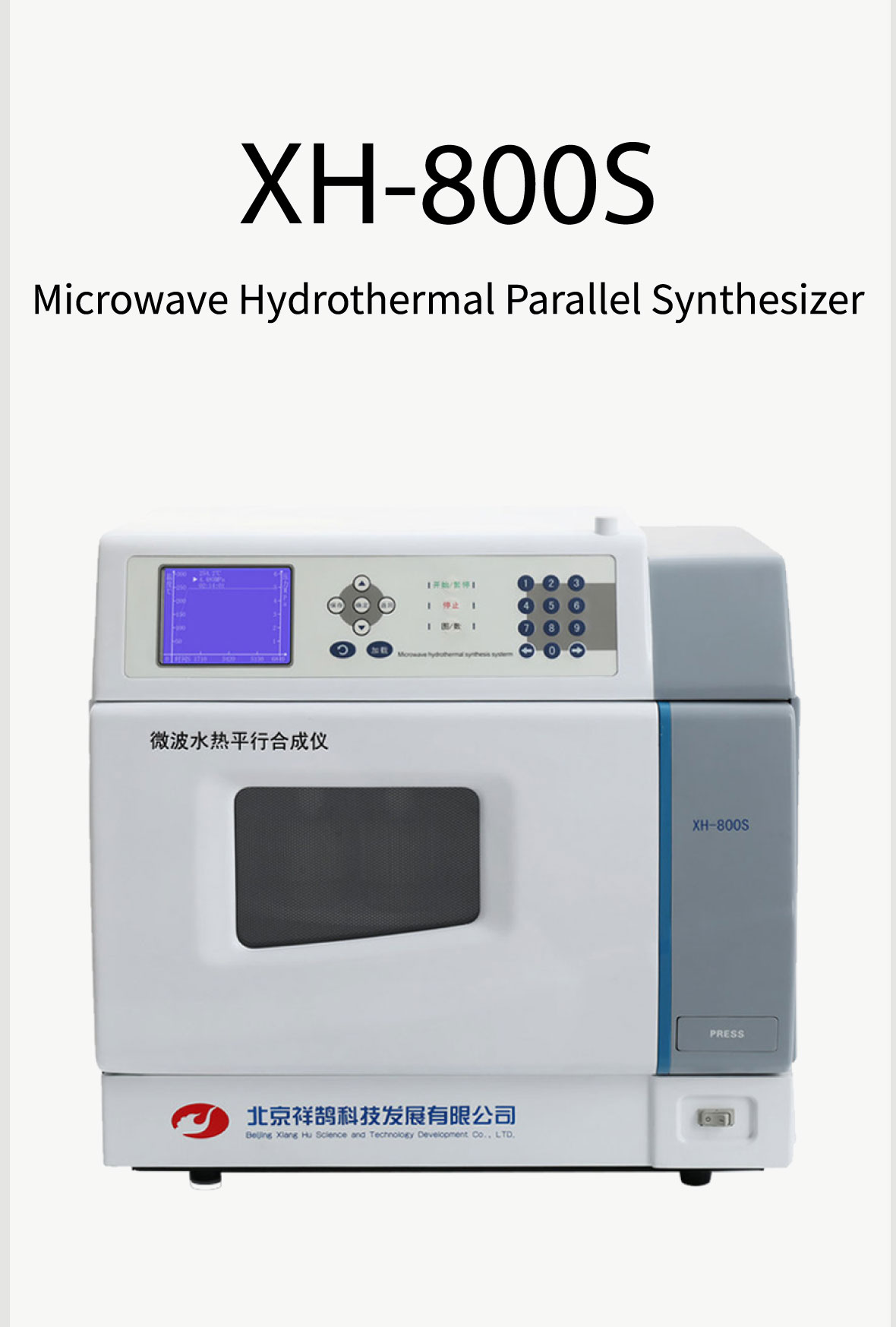
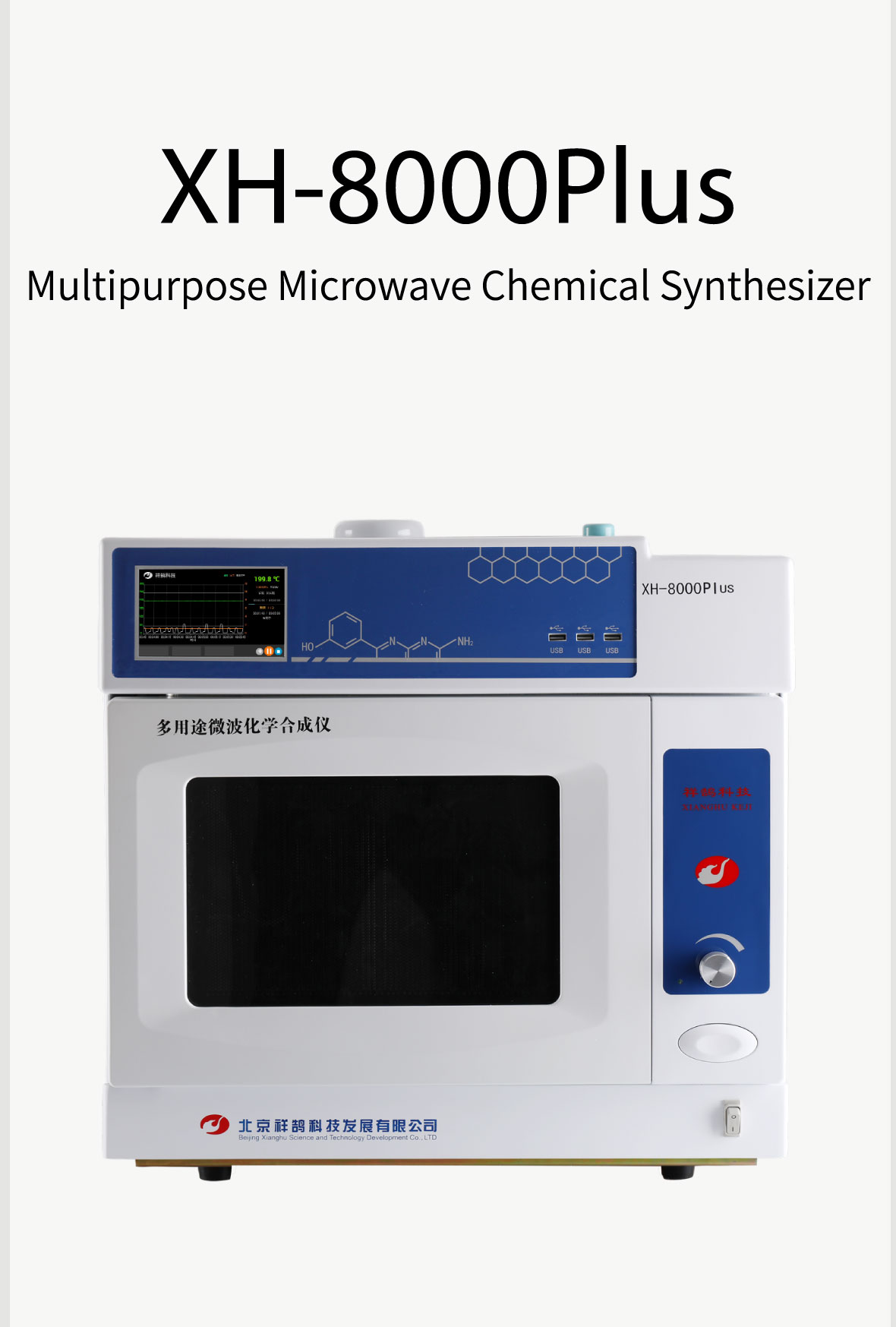

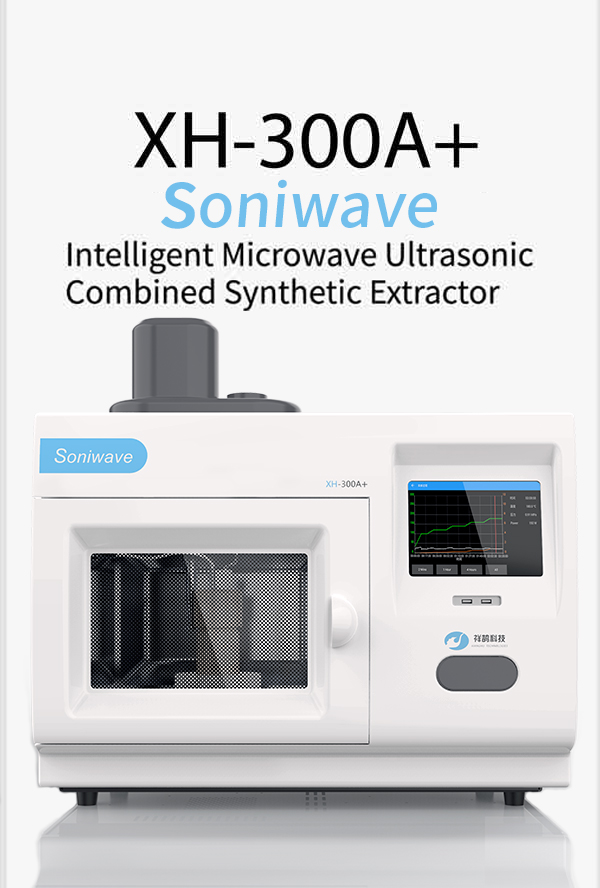












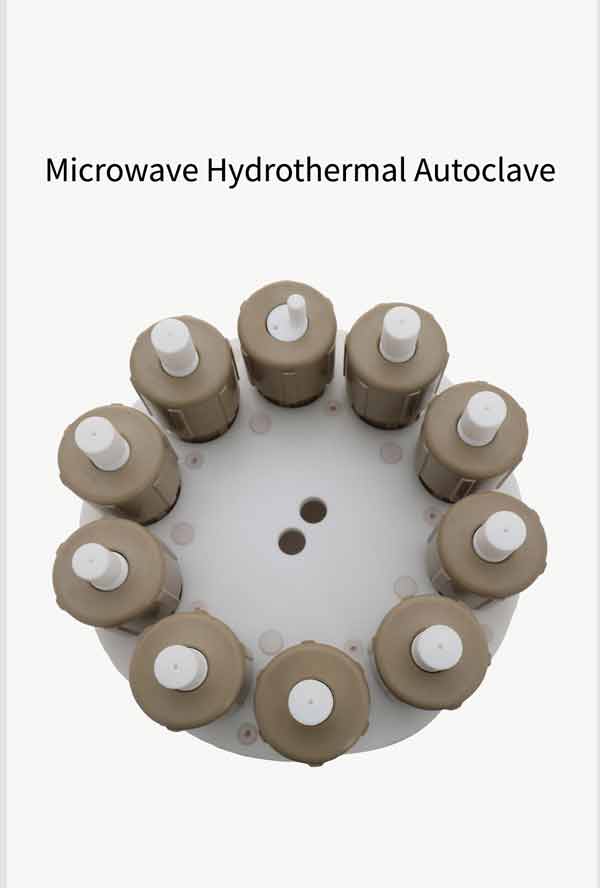

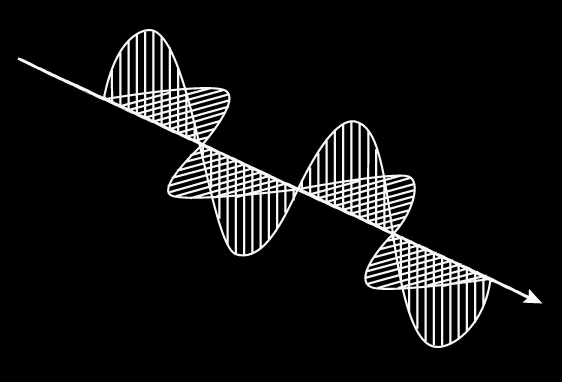


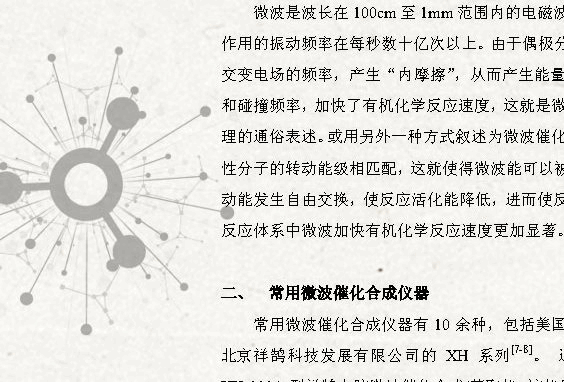

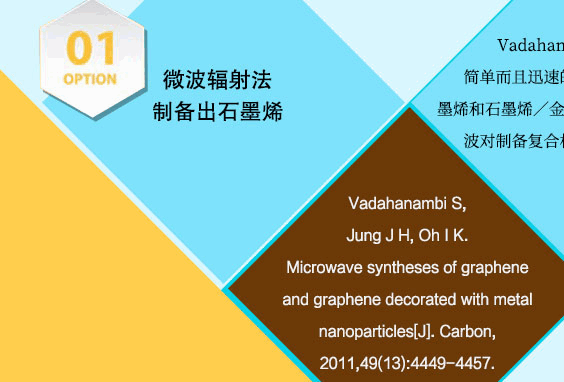
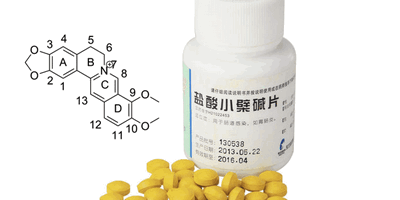


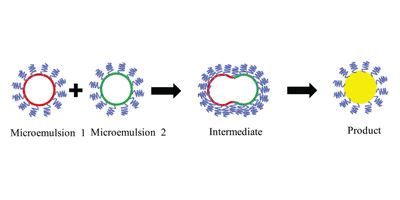
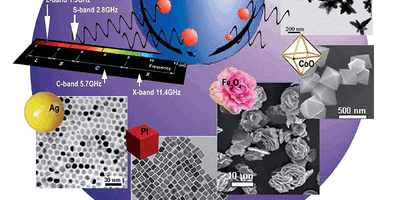
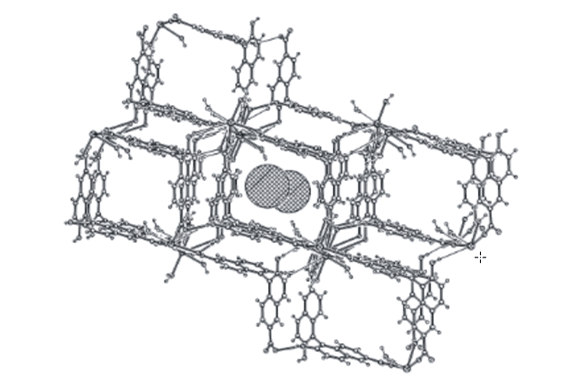
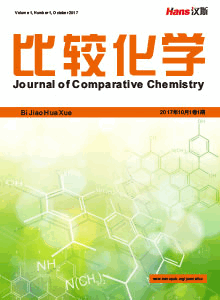
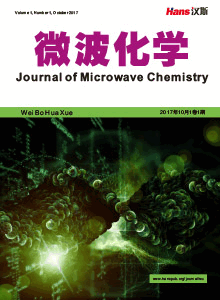
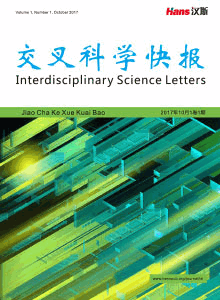




 京ICP备15050585号
京ICP备15050585号

